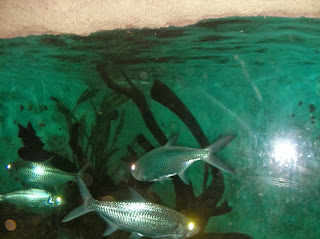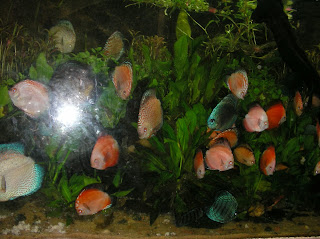Fishes in Sri Lanka.
 HIkkaduwa waterspouts offers a range of trips and boats
to suit every desire. Trips include half and full day excursions. We
use a 32 foot boat with inboard diesel engine and toilet facility, it
carries 6 trolling rod holders with outriggers and plenty of space for
popping and jigging at the stern.
HIkkaduwa waterspouts offers a range of trips and boats
to suit every desire. Trips include half and full day excursions. We
use a 32 foot boat with inboard diesel engine and toilet facility, it
carries 6 trolling rod holders with outriggers and plenty of space for
popping and jigging at the stern.
We use a full range of Penn and Abu equipment. For bait we use a range of Rapala and Storm lures and live baits (ballyhoo, mackerel and bonito). You can rent our equipment or bring your own.
Whether you are a new or experienced game fisherman, our skippers and crew will give you guidance and local information to get you the best catch.
Thank you to see my page....
Well come again
 HIkkaduwa waterspouts offers a range of trips and boats
to suit every desire. Trips include half and full day excursions. We
use a 32 foot boat with inboard diesel engine and toilet facility, it
carries 6 trolling rod holders with outriggers and plenty of space for
popping and jigging at the stern.
HIkkaduwa waterspouts offers a range of trips and boats
to suit every desire. Trips include half and full day excursions. We
use a 32 foot boat with inboard diesel engine and toilet facility, it
carries 6 trolling rod holders with outriggers and plenty of space for
popping and jigging at the stern.We use a full range of Penn and Abu equipment. For bait we use a range of Rapala and Storm lures and live baits (ballyhoo, mackerel and bonito). You can rent our equipment or bring your own.
Whether you are a new or experienced game fisherman, our skippers and crew will give you guidance and local information to get you the best catch.
We have a range of night fishing
opportunities
- Hand line fishing by catamaran
- Light fishing with local fishermen using
- Hand lines or rods.
- Deep sea live bait fishing for big fishes
Well come again





























































